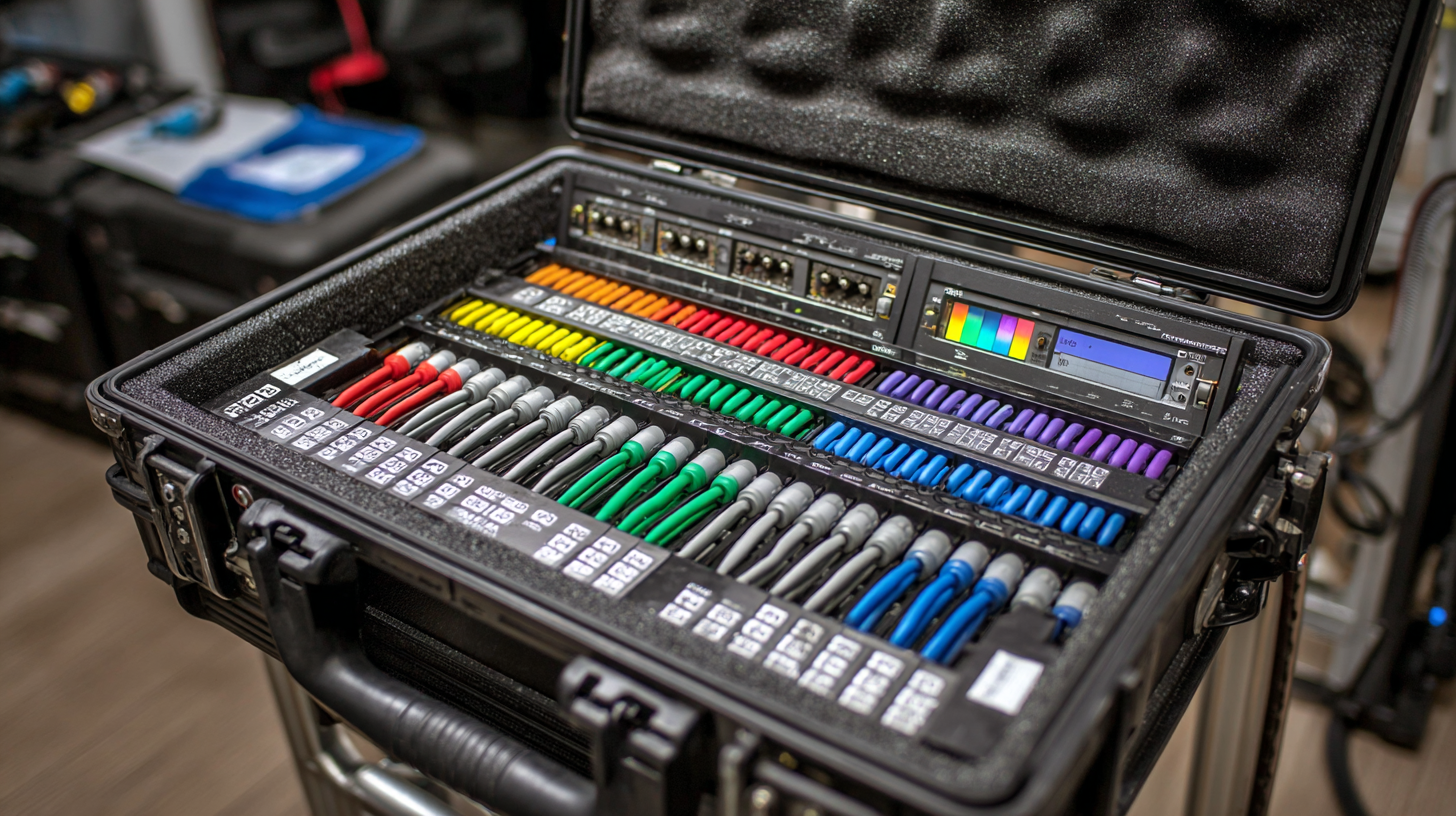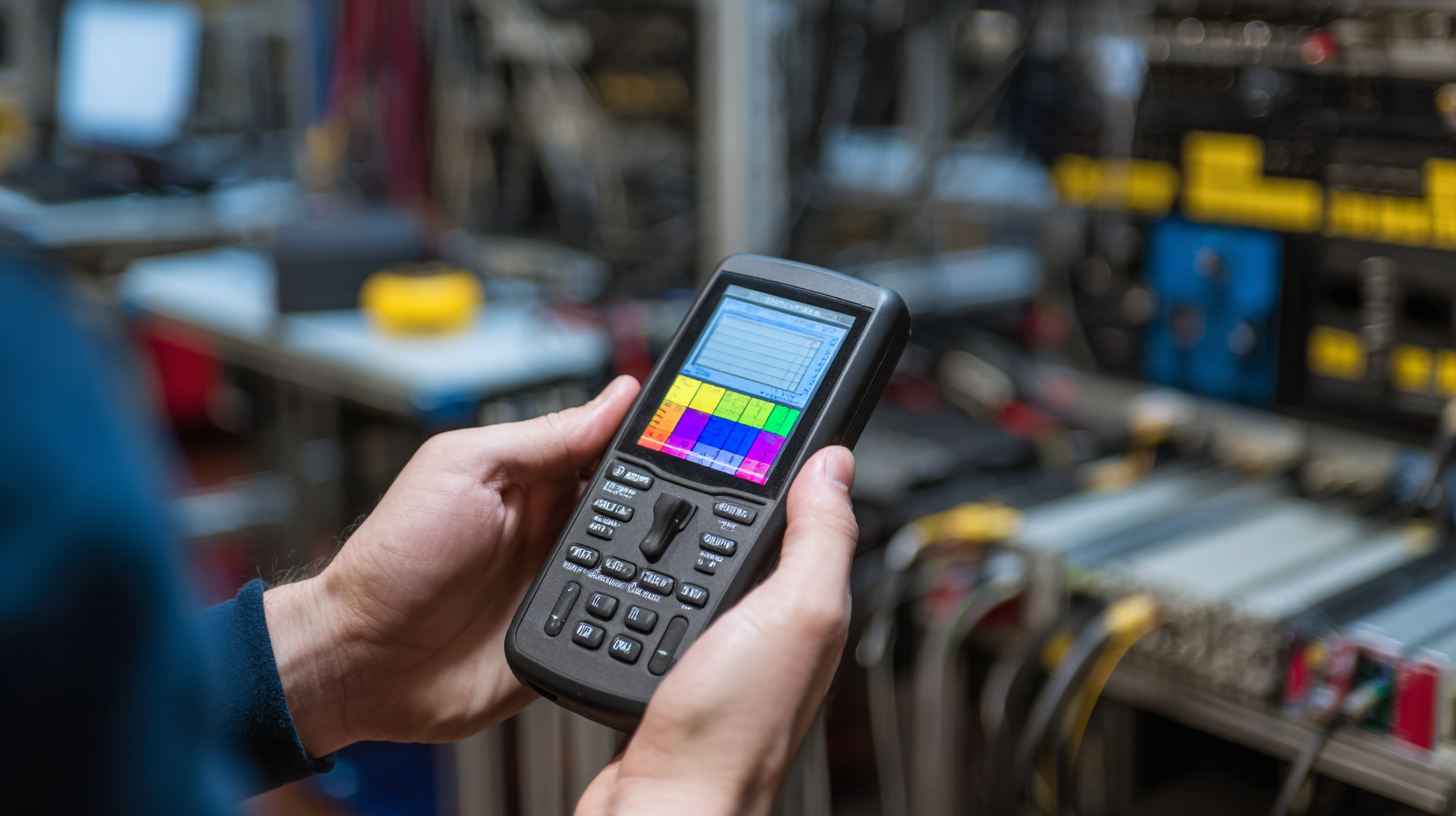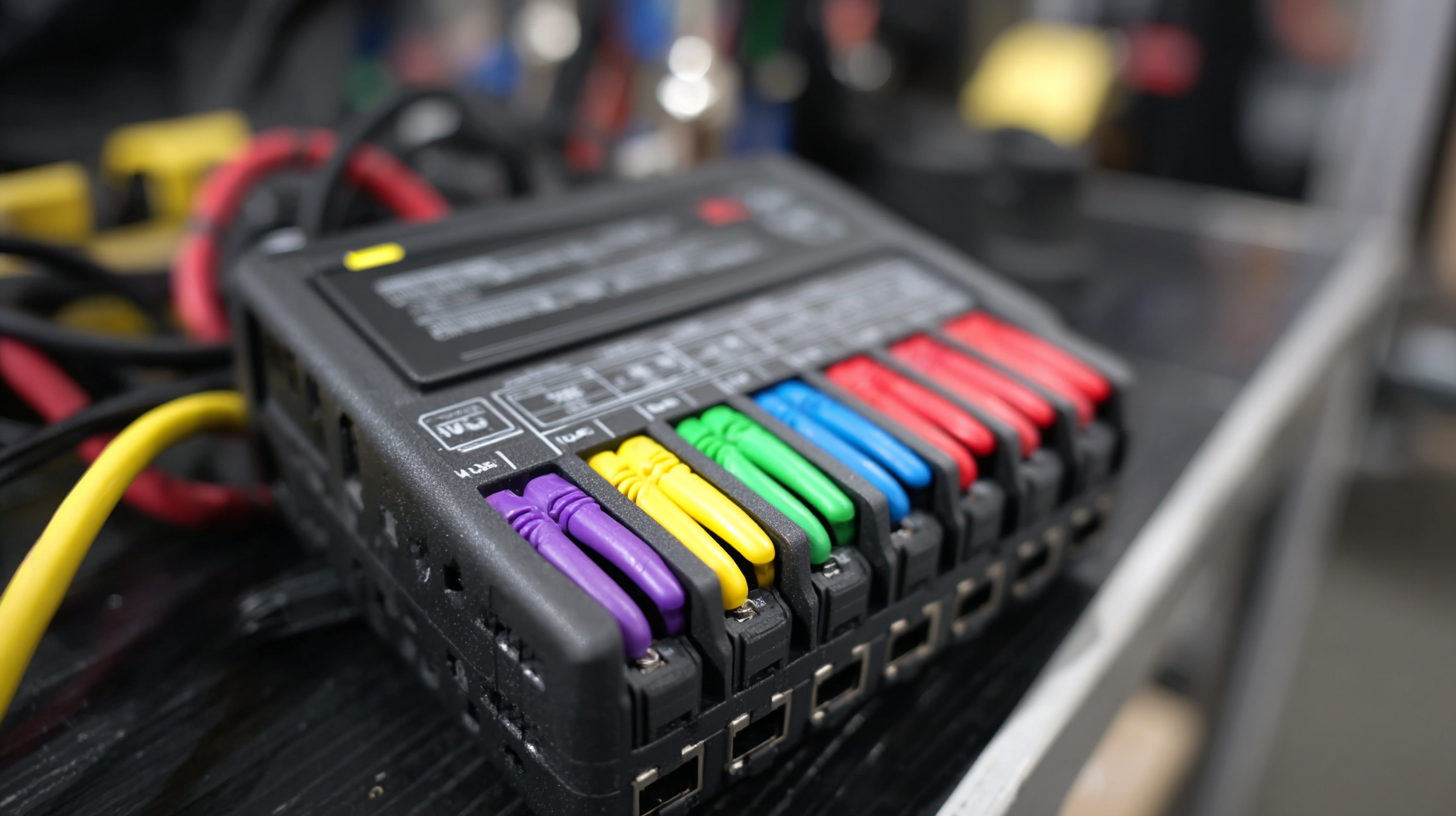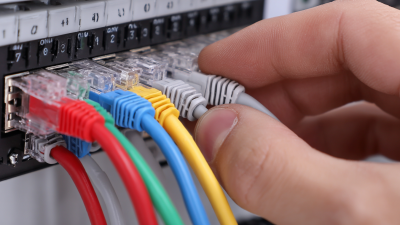Ultimate Guide to Choosing the Right Cable Tester for Your Networking Needs
In today's fast-paced digital world, ensuring a reliable and efficient network is paramount for both personal and professional applications. One of the essential tools to achieve this is a CABLE TESTER. Whether you are a seasoned IT professional or a home network enthusiast, selecting the right cable tester can significantly impact your troubleshooting and maintenance efforts.

With a multitude of options available on the market, understanding the various features and functionalities of cable testers is crucial. This ultimate guide aims to demystify the process of choosing the best cable tester tailored to your networking needs, providing insight into essential factors such as cable types, testing capabilities, and usability.
Equip yourself with the knowledge to make an informed decision and keep your network running smoothly.
Understanding the Importance of Cable Testing in Networking
In the realm of networking, the importance of cable testing cannot be overstated. A reliable network relies on high-quality connections, and the performance of your cables directly impacts the overall efficiency of your system. Cable testers serve as essential tools to ensure that every connection transmits data effectively, identifying issues such as shorts, opens, and signal interference before they lead to larger network failures. By regularly testing cables, network administrators can maintain optimal system performance and avoid costly downtime.
Moreover, understanding the specifics of cable testing can greatly enhance your network's reliability and longevity. Different types of cable testers are available, ranging from basic models that check for continuity to advanced testing devices capable of measuring signal loss and bandwidth. By selecting the right cable tester, technicians can proactively address any potential weaknesses in the network infrastructure, ensuring that all components work synergistically. This proactive approach not only saves time and money in the long run but also fosters a robust networking environment that supports both current needs and future expansions.
Key Features to Look for in a Quality Cable Tester
When selecting a cable tester for your networking needs, certain key features can greatly influence the effectiveness and efficiency of your testing. Firstly, look for testers that offer comprehensive connectivity options, such as Ethernet, coaxial, and telephone line testing. According to a report by MarketsandMarkets, the demand for multi-functional testers is surging in the cable industry, projected to grow at a significant rate as more businesses seek all-in-one solutions.
An essential aspect of a quality cable tester is its ability to perform advanced diagnostics. Features like cable length measurement, signal loss testing, and the capability to identify/pinpoint network issues are crucial. A study by Grand View Research emphasizes that 75% of network failures can be traced back to cabling issues, making a tester with these functionalities indispensable for proactive network management.
**Tips**: When comparing testers, prioritize those with a user-friendly interface and clear display to ensure ease of use in various environments. Additionally, consider the battery life—models that offer extended usage are particularly beneficial for fieldwork, reducing downtime during testing sessions. Investing in a durable, well-reviewed cable tester can save costs in the long run by preventing potential network failures.
Ultimate Guide to Choosing the Right Cable Tester for Your Networking Needs
Types of Cable Testers: Which One Suits Your Needs?
When it comes to selecting the right cable tester for your networking needs, understanding the various types of testers available is crucial. There are primarily three categories of cable testers: basic testers, advanced testers, and certification testers. Basic testers, which typically analyze continuity and polarity, are suitable for electricians and DIY enthusiasts who need straightforward troubleshooting for residential setups. However, they may lack the advanced diagnostic capabilities required for complex commercial networks.

On the other hand, advanced testers can perform extensive tests such as length measurement, wiremap, and attenuation testing, making them ideal for professionals managing larger installations. According to a report from Freedonia Group, demand for cable testing equipment is expected to grow by 4.5% annually, reflecting an increased reliance on sophisticated cabling solutions in modern data centers and commercial buildings. Finally, certification testers, equipped to meet industry standards, are essential for network installers to guarantee the performance and safety of Ethernet and fiber optic systems. As more businesses prioritize high-speed connectivity, investing in the right tester becomes vital for maintaining optimal network performance.
Best Practices for Using a Cable Tester Effectively
 When utilizing a cable tester to ensure your networking setup is performing optimally, following best practices can significantly enhance accuracy and efficiency. First and foremost, always perform a visual inspection of the cables and connectors before testing. Look for any visible signs of wear, damage, or loose connections. This preliminary check can help prevent false readings and save time during the testing process.
When utilizing a cable tester to ensure your networking setup is performing optimally, following best practices can significantly enhance accuracy and efficiency. First and foremost, always perform a visual inspection of the cables and connectors before testing. Look for any visible signs of wear, damage, or loose connections. This preliminary check can help prevent false readings and save time during the testing process.
Once you begin testing, it’s essential to select the right testing mode for your specific needs. Many cable testers offer various functions such as continuity testing, wire mapping, and length measurement. Understanding your requirements will allow you to choose the appropriate mode, ensuring that the tester provides the most relevant information. Additionally, take the time to follow the manufacturer's instructions closely; this often encompasses calibration tips and troubleshooting advice that can be vital for accurate results.
After completing the tests, document your findings clearly. Keeping a log of the results, including any identified issues and corrective actions taken, will serve as a valuable reference for future maintenance or upgrades. Regularly revisiting this documentation can assist in spotting recurring problems and improve overall network reliability. By adhering to these best practices, you can maximize the utility of your cable tester and maintain a robust networking environment.
Common Mistakes to Avoid When Selecting a Cable Tester
When selecting a cable tester for your networking needs, it's crucial to avoid common mistakes that could lead to unfortunate misunderstandings or inefficient troubleshooting. One major pitfall is overlooking the specific types of cables you'll be working with. Not all testers are created equal; some are designed for particular cable categories. Ensure that the tester you choose is compatible with the cable types in your network, whether they are coaxial, twisted pair, or fiber optic.
Another frequent error is underestimating the importance of tester features. Many users select basic models without considering additional functionalities that could enhance their troubleshooting capabilities. Features such as wire mapping, tone generation, and PoE (Power over Ethernet) testing can be invaluable in a network environment. Choosing a tester with the right set of features tailored to your tasks can save you time and effort during installations and repairs. Take the time to evaluate your specific needs and look beyond just the price tag when making your decision.
Ultimate Guide to Choosing the Right Cable Tester for Your Networking Needs - Common Mistakes to Avoid When Selecting a Cable Tester
| Cable Tester Type | Key Features | Common Mistakes | Ideal Use Case |
|---|---|---|---|
| Basic Cable Tester | Simple wire mapping, basic continuity checking | Overlooking advanced features for complex networks | Home networking, small offices |
| Advanced Cable Tester | Wire mapping, signal loss measurement, cable length measurement | Choosing based on price rather than features | Medium to large offices |
| Network Cable Tester | Network connection testing, troubleshooting, validation | Not considering compatibility with network types | Data centers, IT departments |
| Multifunction Cable Tester | Multiple testing capabilities including tone generation | Neglecting user-friendliness and learning curve | Telecommunications, larger installations |
| Ethernet Cable Tester | Specific testing for Ethernet cables (Cat5, Cat6) | Ignoring the specific requirements of Ethernet standards | Home and office Ethernet installations |
Related Posts
-

5 Digital Insights and Tips for Choosing the Right Optic Cable to Enhance Your Network Performance
-

Challenges Faced by Businesses Using Ineffective Cable Management Tools
-

How to Choose the Right Coax Adapters for Your Connectivity Needs
-

Understanding RJ45 Wiring Types and Their Applications in Modern Networking
-

How to Select the Best RJ45 Cable Tester for Your Networking Needs: A Comprehensive Guide
-

Understanding the Consequences of RJ45 Tester Misconfigurations in Network Performance






